Ever been ready to watch a movie with friends—maybe your younger cousin or your teenage sibling—and suddenly pause when you spot an 'R13' rating stamped on the poster? You’re not alone. This rating seems mysterious if you’re used to G, PG, or the stricter R labels. But what does R13 really indicate, and why should you care? Whether you’re a movie buff, a cautious parent, or just someone planning a chill movie night, understanding the R13 rating can totally shift your viewing choices.
How R13 Fits Into the World of Movie Ratings
R13 isn’t a label you’ll see everywhere. It’s not part of the famous Motion Picture Association (MPA) ratings in the US—the ones that go G, PG, PG-13, R, and NC-17. Instead, you’ll spot R13 mainly in New Zealand and a few regions in Asia. In these places, rating boards have decided R13 bridges a very specific gap: Not for little kids, but still a bit lighter than full-on adults-only movies. It reflects a unique cultural approach to what’s considered suitable for early teens.
So what does R13 stand for? Simply put: "Restricted to audiences aged 13 and older." If you’re under 13, no dice—you can’t go in, even with an adult. It’s sort of similar to the US’s PG-13, but with firmer rules. In New Zealand, for example, this category often covers movies that feature intense themes, more realistic violence, steamy romance, or scary scenes. Not enough to go straight to R16 or R18, but definitely more than PG or M. If you’ve ever watched movies like "The Maze Runner" or "Twilight," you’d get the vibe—they’re edgy enough to make parents pause, but not over the top.
Now, you might wonder who decides these things. Rating boards, like New Zealand’s Classification Office, watch every title—sometimes several times—to judge each scene. There’s a whole checklist: language, violence, sex, drugs, horror, and even social impact. More than a couple of brutal fight scenes, a bit of swearing, or mature jokes? R13 territory. The process involves real people (not just algorithms), so it’s not just box-ticking; context matters. There’ve been cases where a single intense scene pushed a film from M to R13, while another movie with lots of fights still landed a milder rating because the tone was lighter or more cartoonish.
If R13 seems oddly parent-friendly, that’s intentional. Entertainment regulators want to support parents in making informed choices, but without wrapping teens in cotton wool. It gives young teens a space to handle heavier stuff before they hit late adolescence. But with that comes controversy: is an R13 rating too strict if parents are involved, or not strict enough in today’s digital world? The lines keep shifting as society debates what’s "appropriate."
Take a look at how R13 compares around the world:
| Country | Similar Rating | Age Restriction | Supervision Allowed? |
|---|---|---|---|
| New Zealand | R13 | 13+ | No |
| USA | PG-13 | 13+ | Yes (suggested) |
| Australia | M | 15+ (recommended) | Yes (advisory) |
| UK | 12A | 12+ | Yes (accompanied) |
| India | UA | All ages (with parental guidance for below 12) | Yes |
Notice that in the US, the PG-13 rating is more a suggestion, but R13 in New Zealand is enforced by law—cinemas can get fined if underage kids slip in. That means kids who are 12 years and 11 months old can be turned away at the box office, even with parents. Talk about strict.
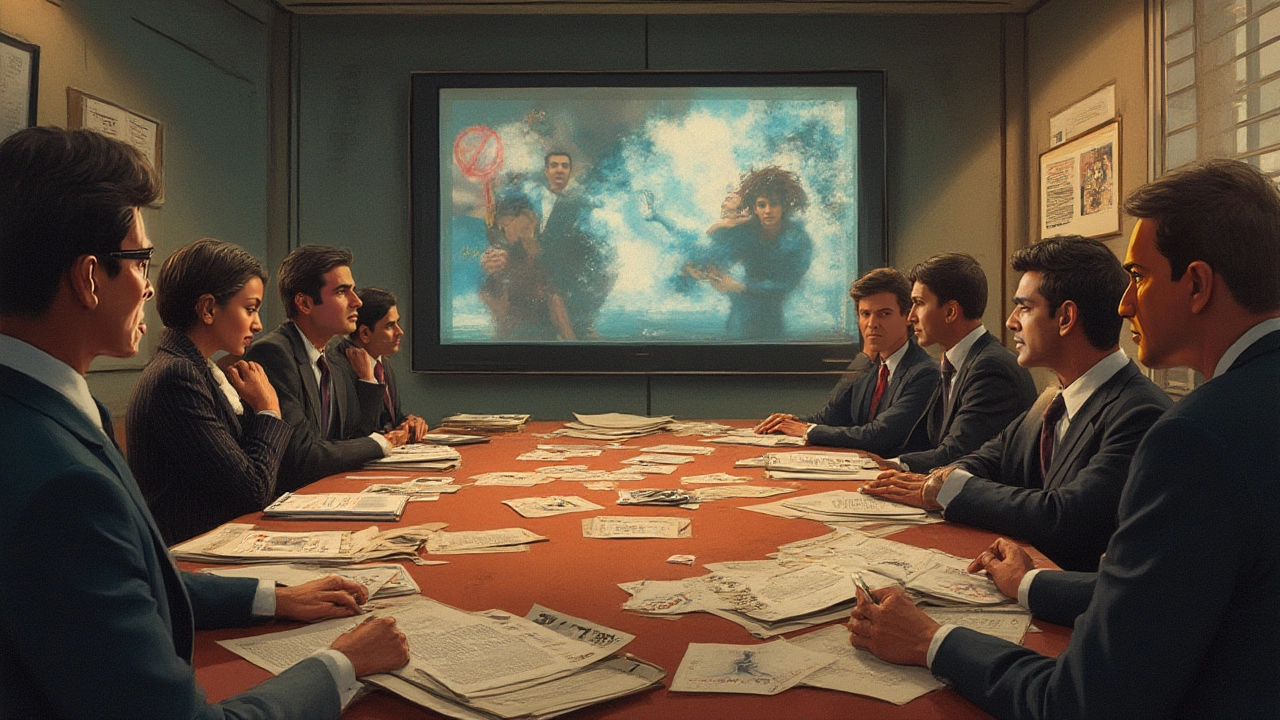
Why Some Films Get an R13 Rating
So what makes a movie land in the R13 zone instead of M (mature, but not legally restricted) or R16? The answer isn’t always obvious. You might be surprised by what can turn a film’s rating from one step to the next. Violence is a big factor, but it’s not just about body count. Take "The Hunger Games" series in New Zealand—these movies were rated M while something like "Kick-Ass" landed at R16. Why? The difference comes down to realism, emotional impact, and context. With R13, the rating board is saying: "This is a bit beyond mild shocks or cartoonish explosions. It’s gritty, emotional, maybe even a touch disturbing for younger kids."
Sexual content matters too, but R13 is typically not for movies packed with nudity or explicit scenes. Think suggestive themes, some passionate kissing, or jokes that would go right over a little kid’s head. Swearing? Yes, but usually not at the rapid-fire pace you’d hear in an R-rated Hollywood action flick. It’s about balance, tone, and cumulative effect. String together a few edgy moments—boom, you’ve got an R13 film.
There are real stories behind these decisions. Back in 2015, the superhero film "Deadpool" lobbied for a lower rating in New Zealand when fans realized it was R16. They argued it felt more like a superhero comedy than a brutal crime drama, but authorities stood firm because of the language and mature jokes. On the flip side, animated movies like "Big Hero 6" stayed in the G or PG range, even with big action, because the violence was stylized and the overall mood was upbeat.
Movies that explore heavy themes—mental illness, addiction, family trauma—can sometimes land an R13 rating, even if there’s nothing especially graphic on screen. There’s an understanding that emotional intensity can be just as impactful on younger viewers as explicit visuals. Another example is documentaries. A real-world account of war, crime, or social injustice can be more intense for a 12-year-old than a fantasy adventure.
It’s not just about the bad stuff, though. Sometimes, filmmakers add educational value to challenging topics, and that can influence a decision. In those cases, they may keep the rating lower but flag it for parental guidance. But the R13 is almost a warning sign: "You’ll want to know what your young teen is watching here."
This snowballs into how streaming platforms handle ratings too. Netflix, Disney+, and Amazon Prime are usually obliged to follow country-specific ratings—so if you’re in New Zealand, don’t be shocked if a movie marked PG-13 in the States suddenly shows up labeled R13. It can be confusing, especially when your friends across borders are watching the same movie under a different label. That’s why it’s important to actually read content warnings and not just trust one universal rating to tell the whole story.
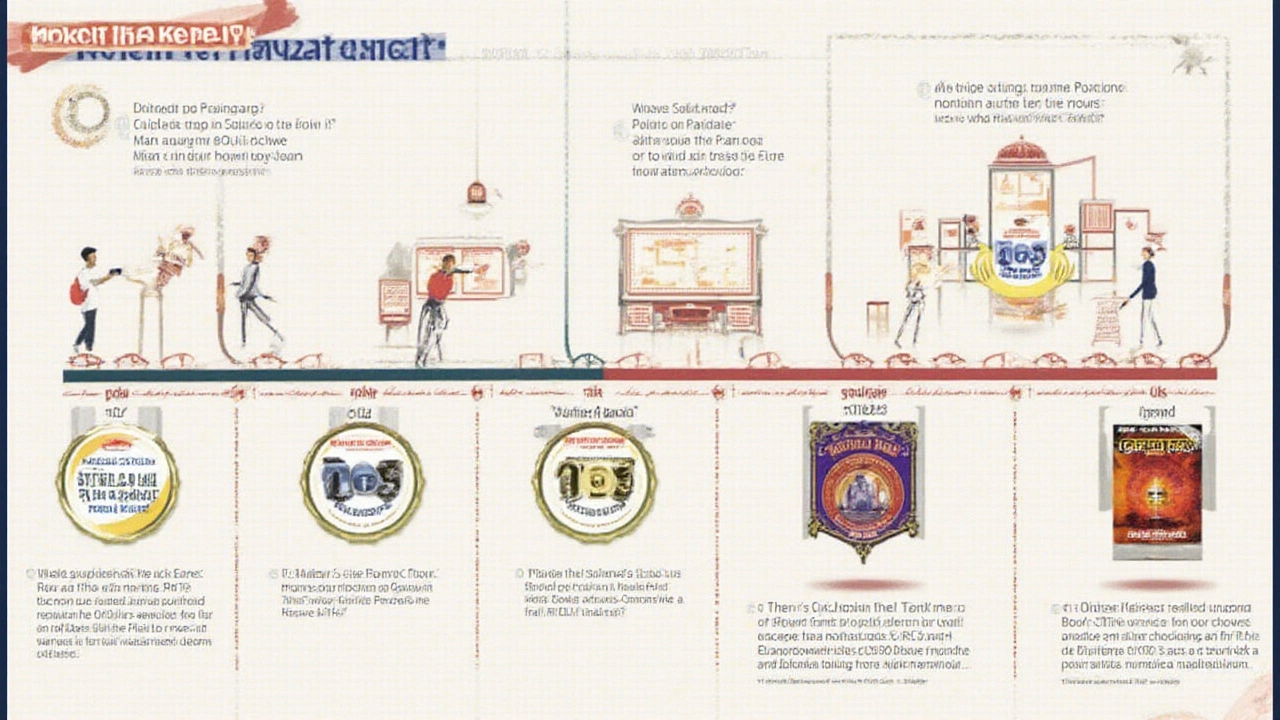
Tips for Navigating R13 Movies and Ratings
You’re picking a movie for movie night, flipping through options, and you spot the R13 movies tag staring at you. Maybe you’ve got a 12-year-old in the house. What should you do? R13 isn’t about being overly cautious—it’s about understanding where “a bit much” becomes “too much,” for early teens. Here are some tips for handling R13 ratings:
- Want to know why the movie got R13? Check the official local classification website. They often list reasons—like "contains violence," "sexual references," or "disturbing themes." That’s more helpful than a vague parental advisory sticker.
- Watch trailers with your kids, or better yet, watch the first few minutes together. Gauge their reaction in real-time. If they’re covering their eyes or asking questions you’re not ready for, maybe switch it out.
- Don’t assume it’s all graphic violence. Sometimes, the rating reflects emotional weight or scary themes, not gore or sex.
- Compare international ratings. Look up how other countries rate the same title. The differences can give you a clue about what’s sensitive in your area.
- Streaming makes it tricky: Parental controls help, but region settings matter. Double-check what your kids can access, especially if you’re using a VPN.
- Check user reviews. Parents often leave comments online about what to expect and how their teens handled it—a real-world heads-up is always better than guesswork.
- Talk through themes. If your young teen wants to watch an R13 movie, use it as a chance to chat about the content: "How would you handle that situation?" It’s not just about shielding—it’s teaching.
- Know cinema policies. There’s no sneaking in underage, even with parents. The R13 rule is enforced at ticket counters. For birthdays or outings, double-check before booking a group of kids.
- Want to challenge a rating? In some countries, the classification office allows public submissions. It rarely works, but you’ve got a voice if you really feel a movie is unfairly rated.
Thinking from the filmmaker’s side, ratings can make or break a film’s success. Getting slapped with R13 means losing some of the preteen or family audience, which might hurt box office numbers. There’s this juggling act where directors sometimes tweak a scene, trim a line of dialogue, or recut an intense moment—all to fit just under the R13 wire and nab a bigger audience.
Another fun fact: A survey in New Zealand found 56% of responding parents trust the R13 classification more than PG-13 or unregulated streaming tags. That means people see value in a strict, clear cutoff—even if teens might grumble about missing the latest horror flick by a few months.
So next time you see that R13 stamp, know it’s more than just a number. It’s a combination of social standards, cultural values, parental trust, teen independence, and the ever-changing tides of what’s considered “too much.”
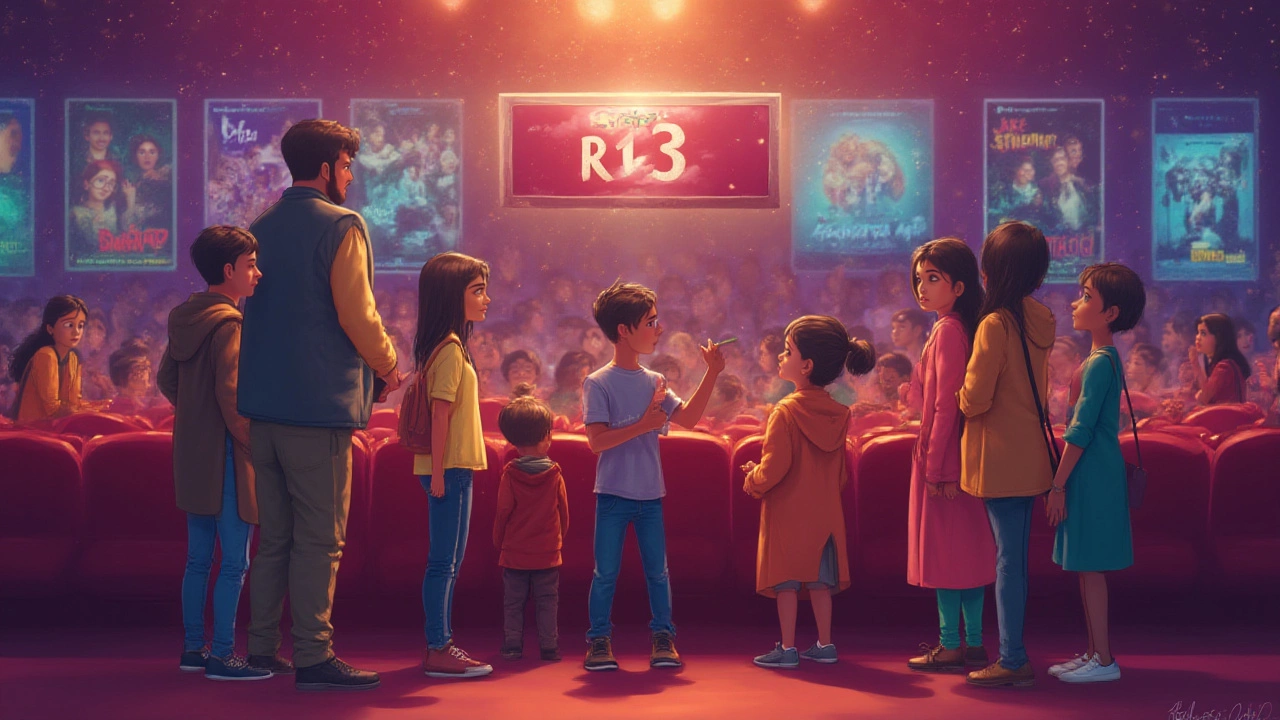

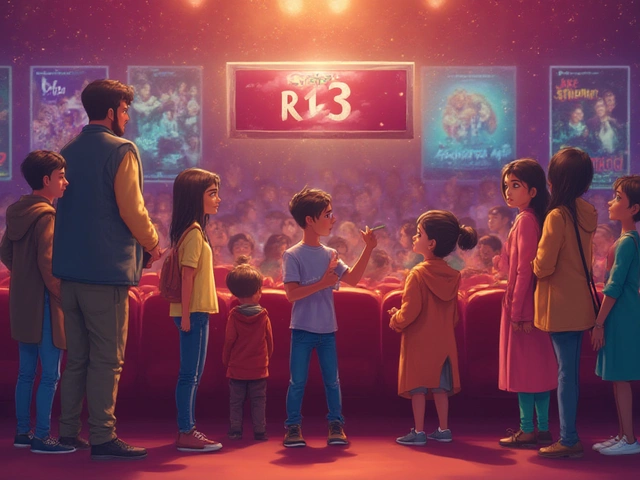
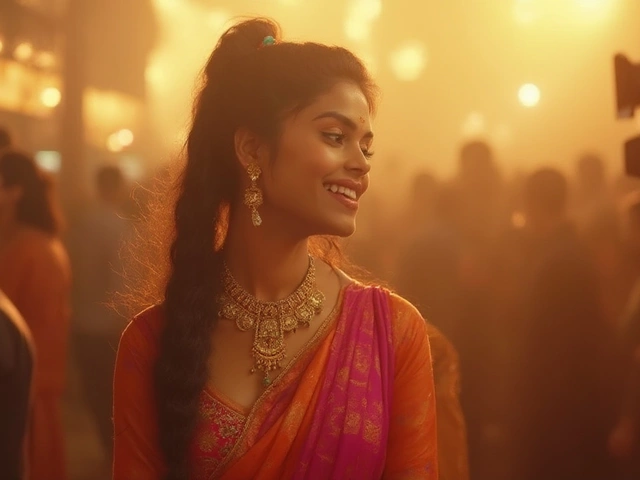
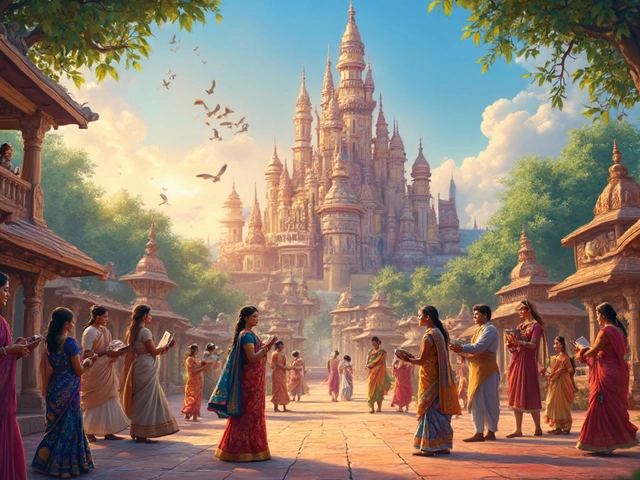
Post A Comment